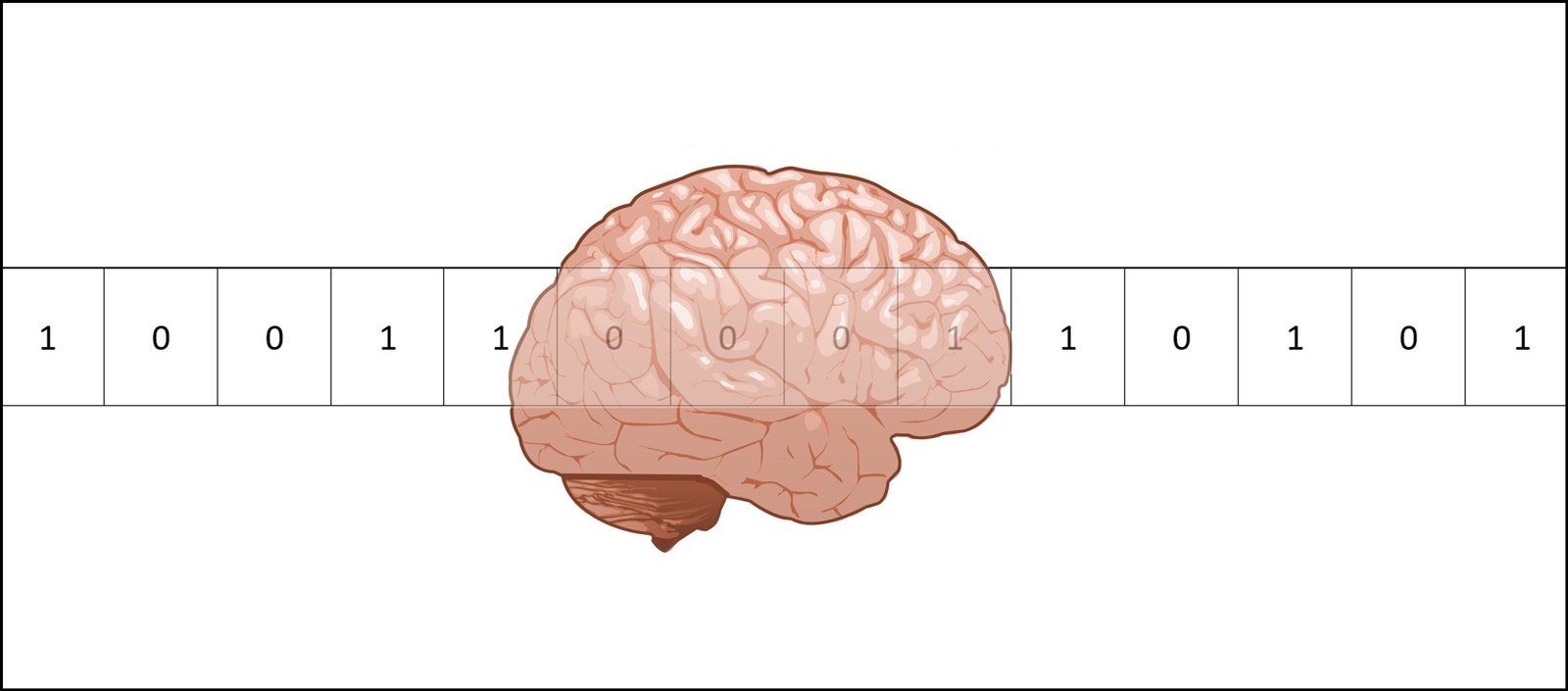Break free of physicality once and for all. Let go of the three dimensions, the mass and the matter that holds your fragile world together. Become one with the universe, achieve unity with the non-physicality of everything that exists around us. Or, at least ditch the “kilo.”
The humble kilogram is the last remnant of a bygone scientific era, the only unit still tied to a physical constant. As it stands, the kilo is defined by the mass of the “international prototype,” a precisely machined piece of platinum-iridium aloy that was set as the standard in 1889.
Scientists are now attempting to redefine the kilogram in a way that would not rely on a physical reference object. All of the other SI (or International System) units (the metre, second, ampere, Kelvin, mole and candela) have made the jump and are derived mathematically.
SI units were introduced after the French Revolution, when the platinum iridium standards for the metre and the kilogram were placed in the Archives de la République in Paris. The CGPM (Conférence générale des poids et mesures) is an international authority that is responsible for the dissemination and updating of the SI units. The CGPM was created via an international treaty called the Metre Convention, which was first established in Paris in 1875. The treaty created a universal system of measurement that allowed scientists the world over to communicate on equal terms and have access to a single, unified cognitive toolkit.
All of the units have at some point in their past been based on physical reference objects. The metre, for instance, was defined by the French Academy of Sciences in 1791 as “one ten-millionth of the length of the Earth’s meridian along a quadrant (one fourth the circumference of the Earth).” The currently accepted definition of the metre is “the length of the path traveled by light in vacuum during a time interval of 1/299,792,458 of a second.”
If you’re wondering how we can currently measure a second without looking at a clock or dividing the day into 86,400 equal pieces, look no further than the isotope cesium 133. The length of a second corresponds to the time it takes for an atom or molecule to transition between energy levels, or more precisely, “the second is the duration of 9,192,631,770 periods of the radiation corresponding to the transition between the two hyperfine levels of the ground state of the cesium 133 atom.”
The push to free the kilo of its earthly bonds comes as the international prototype is reported to have lost a miniscule amount of mass, thereby redefining the weight of a kilogram. According to COSMOS magazine, in 2007 the prototype was “50 micrograms — 0.0000017 ounces — lighter than the average of several dozen copies, meaning it had lost the equivalent of a small grain of sand.”
The problem is that researchers are unable to agree on what to base the unit of measure on. There has been talk of using Planck’s constant, but a scientific American article sums up that attempt quite succinctly: “The technology needed to do that is not yet fully developed.” It may, however, be a question of more than just technology.
The other units are can be derived using “classical” mathematics and natural phenomena. Planck’s constant, on the other hand, touches on quantum mechanics and a theory of the universe that is not yet fully understood.
Planck’s constant is equal to 6.626068 × 10-34 m2 kg / s, and describes the proportionality constant between the energy of a photon and its associated magnetic wave. Described another way, it refers to the “constant” or the number that a frequency must be multiplied by when given off by a vibrating molecule. This is assuming, of course, that the energy had been “quantized,” or as the Colorado.edu website explains, energy that can “only take on certain values.”
The theory redefines our current understanding of energy and how it manifests itself, and is part of the new and radical quantum theory of physics proposed at the beginning of the 20th century. It’s no surprise then that the redefinition of the kilo is a tricky subject. If, however, it is successful, it may lead to the redefinition of other units, and may lead us to a new understanding of the universe. If we are given a better, more precise and more applicable toolkit with which to analyze our surroundings, we may very well usher in a new era of scientific progress and dare I say, enlightenment.




